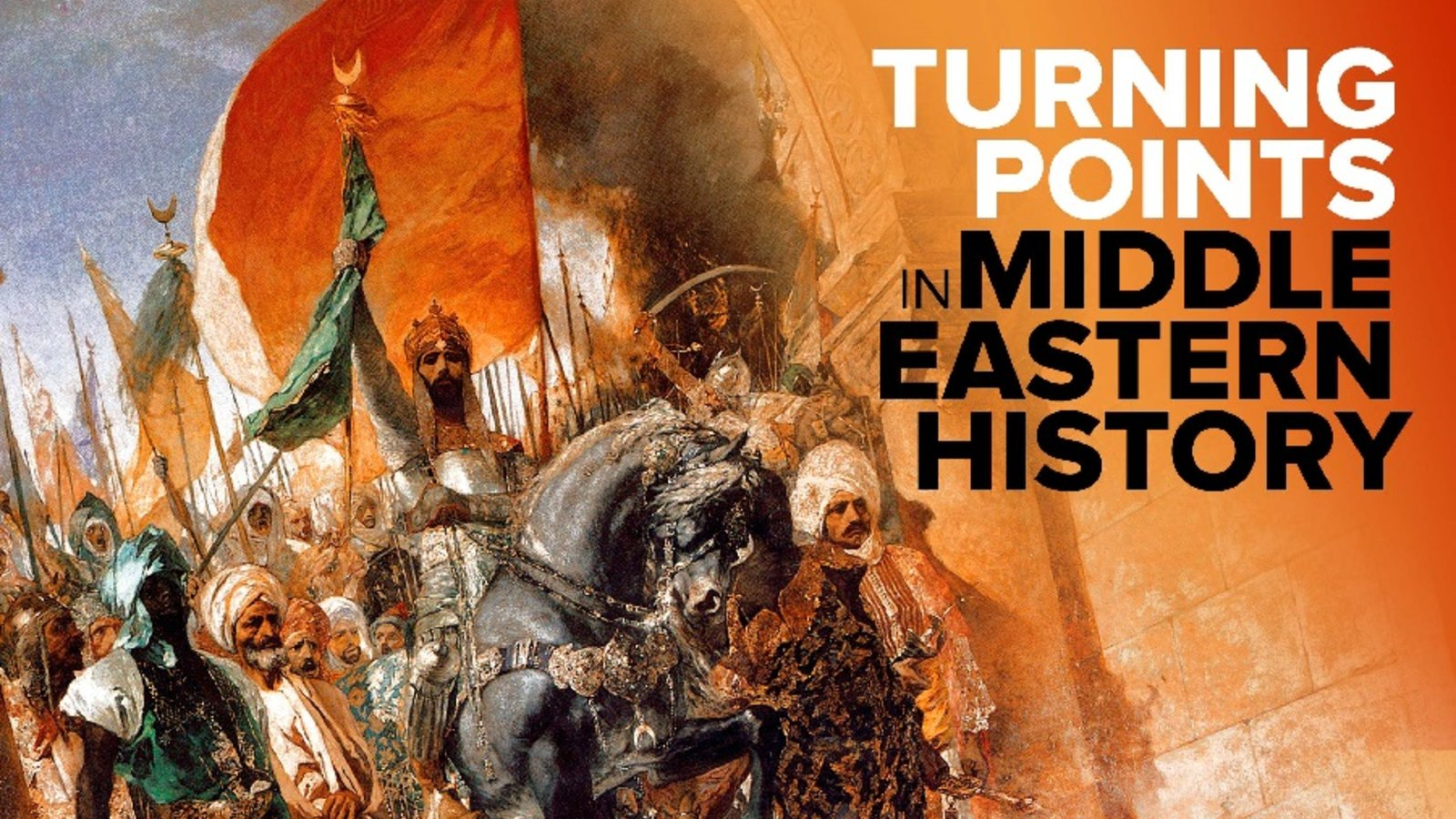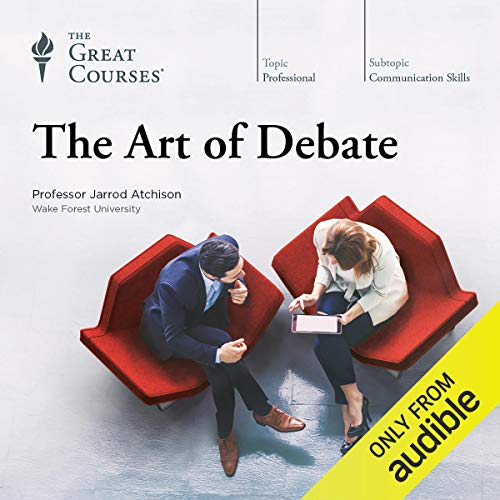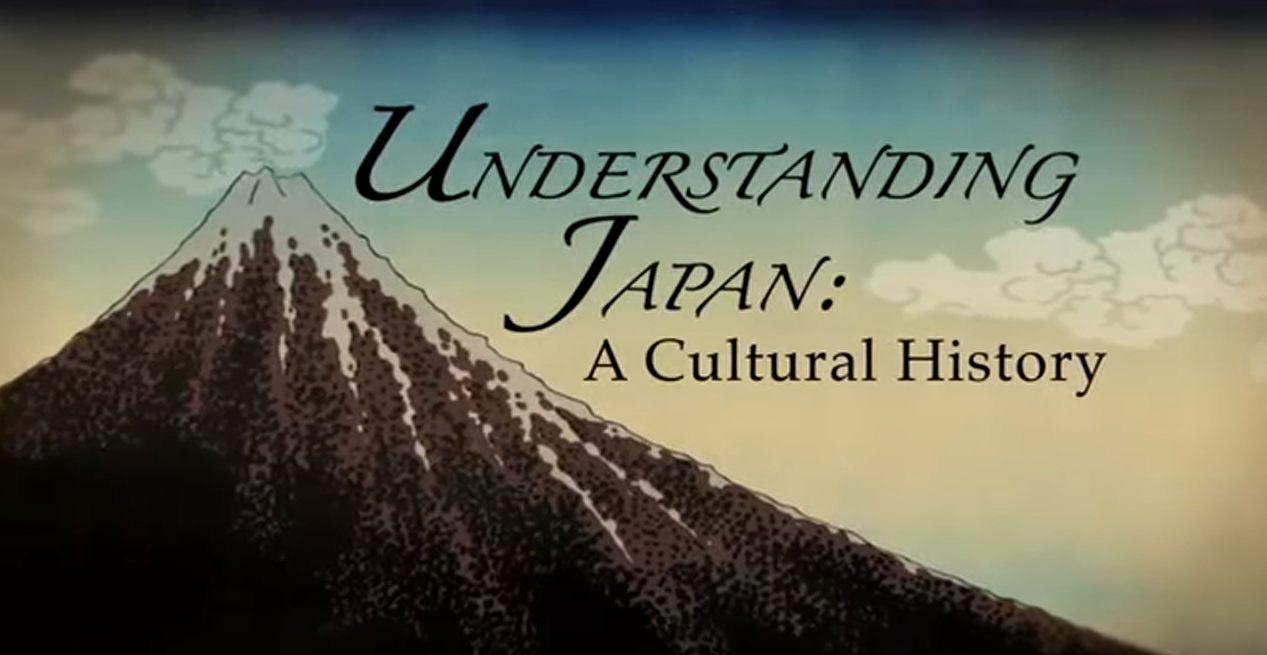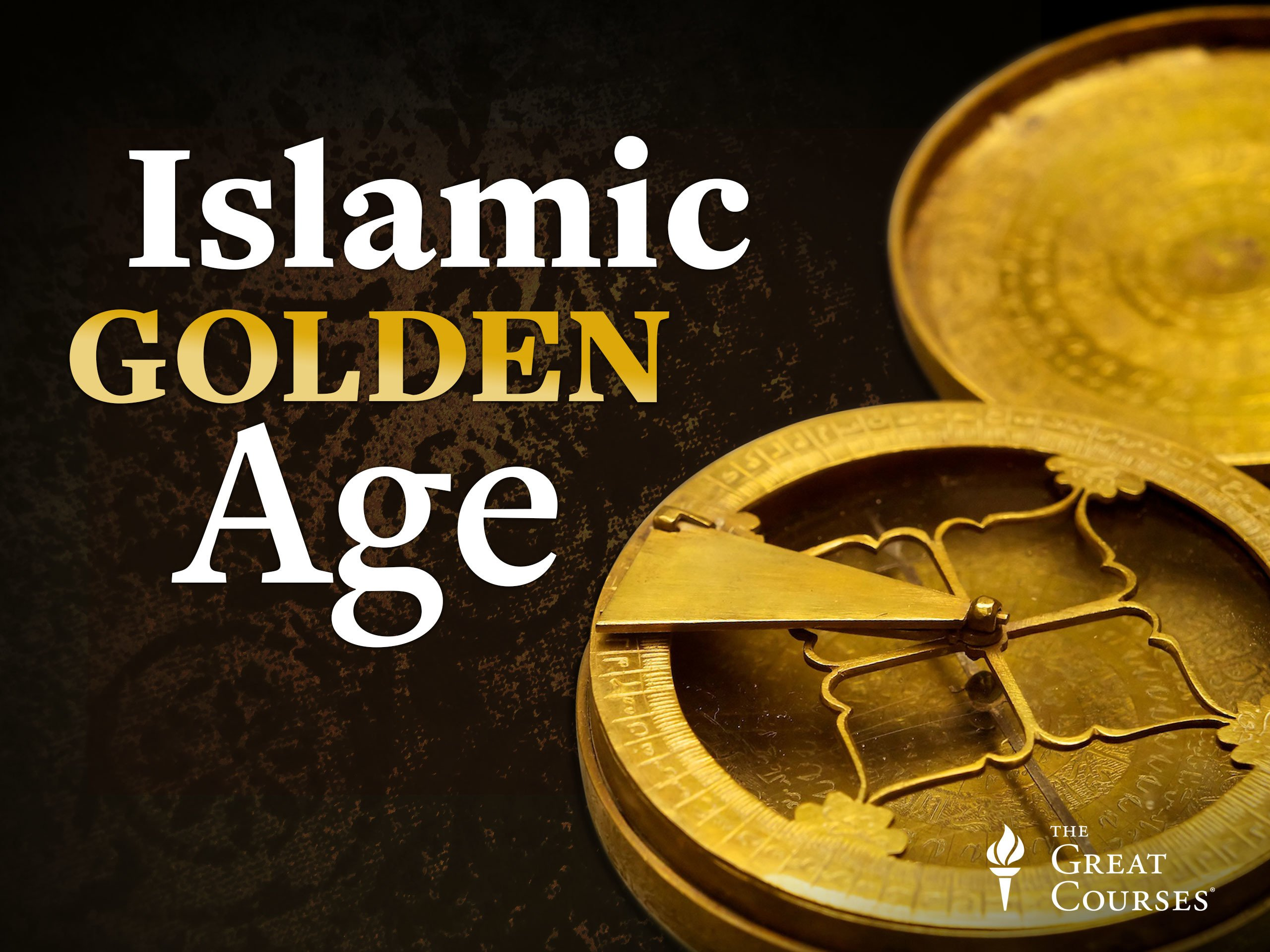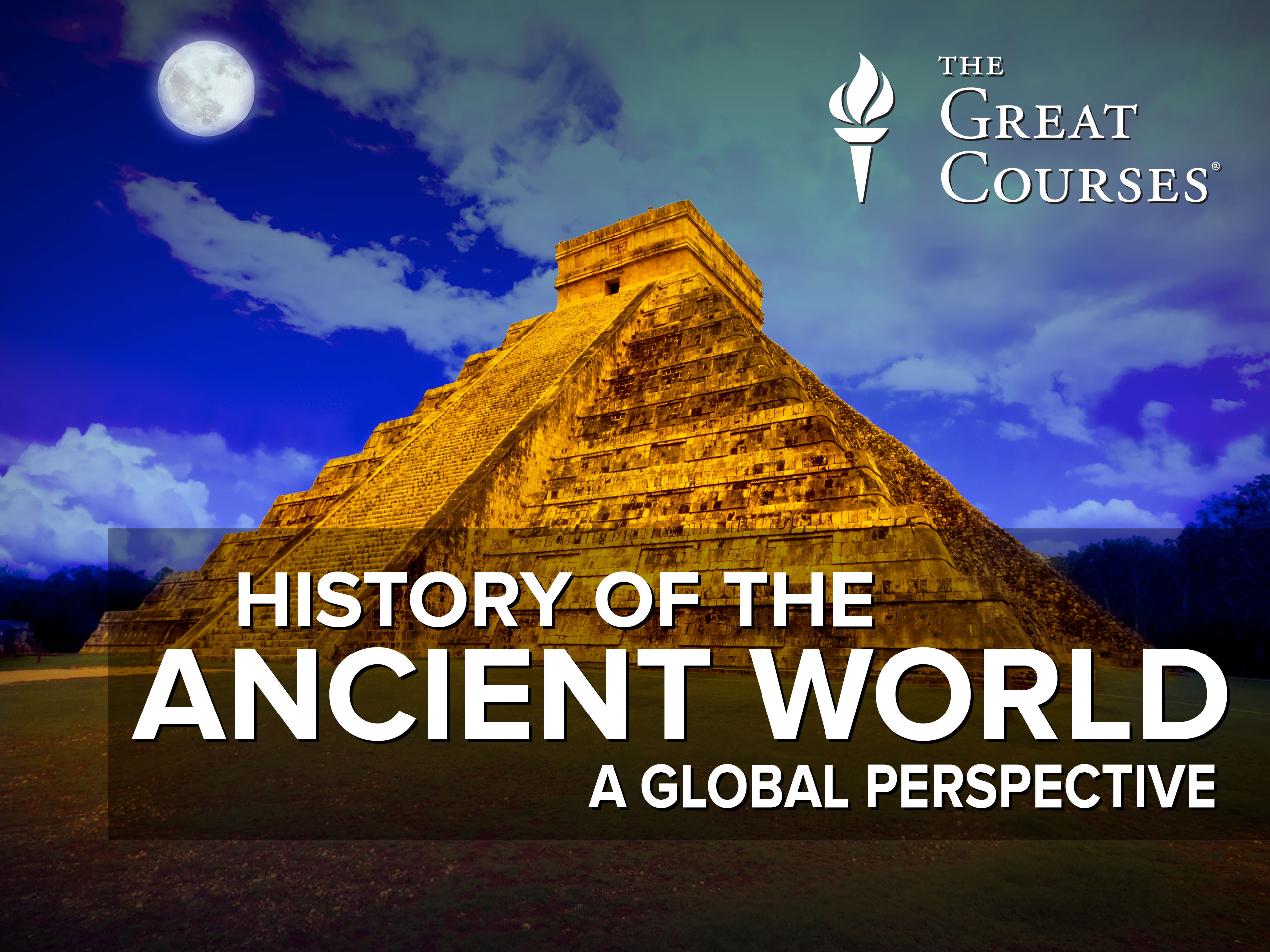Top videos
The dazzling empire of the Ottomans was the longest-lasting empire in Middle Eastern history. Learn about the dream of Osman, the Ottomans' founder, which impelled him to establish what became a transcontinental superpower. Grasp what allowed the Ottomans to thrive and to spread across Anatolia, North Africa, and Eastern Europe.
Grasp why the storied city of Constantinople had great strategic importance to the burgeoning Ottoman Empire. Witness the fiercely contested siege of the city, revealing the Ottoman offensive by both land and sea. Take account of how the city's fall arguably marked the end of both the Roman Empire and the Middle Ages.
The Egyptian viceroy Muhammad Ali is widely referred to as the Father of Modern Egypt. Learn about his bloody ascension to power, ending 600 years of intermittent Mamluk rule. Trace Ali's 43-year reign, during which he introduced a modern, European-style army, modern education, a professional civil service, and thriving industrial development.
No other single factor has impacted the economy, politics, and social life of the Middle East as profoundly as oil. Trace the 20th-century discovery of petroleum across the region by foreign oil companies, and observe the ensuing geopolitical conflicts with local governments. Consider what became known as the Middle East's oil curse.""
To be a great debater, you must not only learn to recognize argument fallacies, but you must also learn to combat them during the debate. This first in a two-part lecture series offers insight to help you identify fallacies that stem from flaws in your opponent's research, including the post hoc ergo propter hoc fallacy, hasty generalizations, and more.
There's so much more to Japanese cuisine than just sushi. Move beyond the basics and plunge into the enormous diversity and complexity of Japan's culture of food. How do foods like soba noodles, tempura, and yakitori (and the rituals of eating them) reflect the waves of globalization and isolation you've explored in previous lectures?
Journey through Japan's first period of isolation (from the 800s to the 1300s) and the rise of the Heian court, ancient Japan's cultured and exclusive aristocracy. Along the way, you'll meet the powerful Fujiwara family and unpack how the novel The Tale of Genji reveals the court's penchant for scandal and intrigue.
Part 02 of Computer Networking Fundamentals: Local Area Networks
Local Area Networks
At the end of this episode, I will be able to:
- Describe the components and attributes of a local area network.
Learner Objective: Describe the components and attributes of a local area network
Description: In this episode, the learner will identify the components and attributes of a local area network.
- Introduction to Network Infrastructure
- Local area networks (LAN)
- What is a network? - A group of computers, connected to common network links for the purpose of communication and sharing resources.
- What are LANs? - A network comprising a single geographical region.
- Components
- Client workstations
- Laptops
- Mobile devices
- Servers
- Cabling - bounded transmission media
- Standardized media
- Copper or fiber
- Connectivity or intermediate devices (Access points, switches, routers)
- Network Models
- Host-based - a centralized powerful computer performs all storage and processing of data. User inputs are captured from terminals, output is displayed on the terminal.
- Client/Server - The most popular network model in modern networks, in which computers called clients request services and resources from other computers. Servers are the computers in a client/server network that respond to and provide services based on client requests.
- Peer-to-peer - a decentralized network model in which every device evenly (peer) shares the various functions of the network (requesting resources and providing resources).
- Local area networks (LAN)
OSN-K Informatika 2024
OSN-K Informatika 2024
CompTIA IT Fundamentals+ Course | Module 11 Part 6: Folders and Directories
CompTIA IT Fundamentals+ Course | Module 20 Part 2
We're all familiar with the geometric designs of the mythical flying carpets, but there is an astounding array of Islamic art from the period. Here is your chance to revel in the fine arts of the Islamic Golden Age, which in addition to geometric patterns, included stunning calligraphy, plant or vegetal designs, and figurative representations.
Learn about the different kind of approach the course will take in its explorations of the ancient world and hear a story that perfectly illustrates the risks inherent in letting one's own cultural biases and limited perspective overly influence the interpretation of archaeological discoveries.
Katsushika Hokusai, the renowned Japanese artist, is the perfect entryway into the history of both Japanese wood-block prints and late Tokugawa society. Among the topics covered are ukiyo-e ("floating world") pictures; Hokusai's iconic masterpiece, The Great Wave off Kanagawa; his encyclopedic collection of manga ("sketches"); and more.
No debate is won without consideration of the audience-of the ultimate decider or the judge. If you can't connect with this audience, you won't be able to win them over. After considering how to make such a connection, you'll then sharpen your skills in creating a well-researched case with enough nuance to argue your point.
Now that you know how to develop a strong affirmative argument, apply your skills to a specific debate. Taking a resolution about campus carry laws as an example, Professor Atchison walks you through each of the steps to indict the status quo and offer a tenable solution to the problem.
Once each case is built, it's time for a cross-examination-a chance to interrogate your opponents to better understand their arguments, identify holes in their reasoning, and keep the audience engaged. This first of three lectures explores the history of debate and reflects on the goals of cross-examination.
How did the decline of the court and the rise of the warrior class shape the evolution of Buddhist aesthetic, spiritual, and philosophical concepts? Find out in this illuminating lecture, which covers the massive growth of Pure Land Buddhism (the dominant form in Japan today) and the two main schools of Zen Buddhism.
